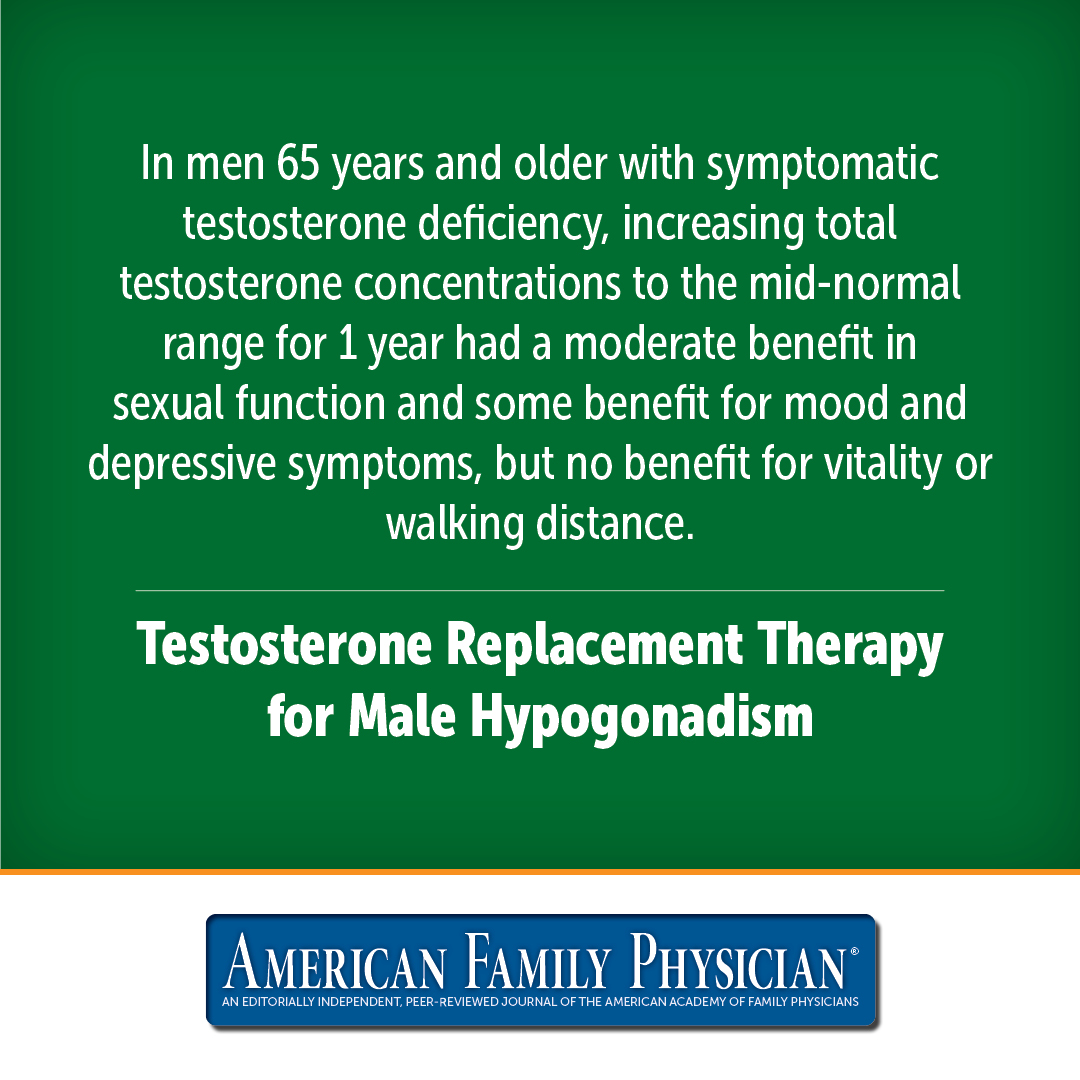Imagine going to your doctor, complaining of fatigue, low libido, and mood swings, only to be told your testosterone levels are "normal." Frustrating, right? Well, a groundbreaking study from the University of Sheffield and Barnsley Hospital might just change the game for millions of men struggling with these symptoms.
The Three Musketeers of Testosterone:

The Big Discovery:
When they factored in the CAG repeat length, their ability to accurately diagnose low testosterone skyrocketed. The best performer? A ratio they called FT*, which combines free testosterone levels with CAG repeat information.
Source: 8567 Clinical Use of the Androgen Receptor Sensitivity CAG Repeat Polymorphism to Refine and Improve the Diagnosis of Male Hypogonadism
The Testosterone Puzzle
Let's face it, diagnosing low testosterone (or male hypogonadism, if we're being fancy) has always been a bit of a head-scratcher. Doctors have traditionally relied on measuring total testosterone levels in the blood, but here's the kicker: not all testosterone is created equal.The Three Musketeers of Testosterone:
- Free Testosterone: The maverick, ready for action
- Albumin-bound Testosterone: The sidekick, also pretty active
- SHBG-bound Testosterone: The lazy one, just hanging around
Enter the CAG Repeat: The Hidden Player
Here's where things get interesting. Researchers have discovered that it's not just about how much testosterone you have, but how well your body responds to it. The androgen receptor (AR), which is in charge of controlling this response, can vary greatly between men in terms of sensitivity. The secret? It's all in your genes, specifically the number of CAG repeats in the AR gene. Think of it like a volume knob for testosterone:- Fewer CAG repeats = AR turned up to 11, super sensitive to testosterone
- More CAG repeats = AR with the volume down, less responsive to testosterone
The Study: Putting It All Together
The clever folks at Sheffield and Barnsley decided to combine testosterone measurements with this CAG repeat information. They looked at 40 men, some with symptoms of low testosterone and some without.The Big Discovery:
When they factored in the CAG repeat length, their ability to accurately diagnose low testosterone skyrocketed. The best performer? A ratio they called FT*, which combines free testosterone levels with CAG repeat information.
What This Means for You
- More Accurate Diagnosis: If you're experiencing symptoms of low testosterone but your levels come back "normal," this new approach might finally explain why.
- Personalized Treatment: Understanding your AR sensitivity could lead to more tailored treatment plans. One-size-fits-all might become a thing of the past.
- Hope for the Borderline Cases: Men who fall into that frustrating gray area of "maybe low testosterone" might finally get some clarity.
The Road Ahead
While this study is exciting, it's just the beginning. More research is needed to fully understand how we can use this information in everyday clinical practice. But for men struggling with unexplained fatigue, low libido, and other symptoms of low testosterone, this could be the light at the end of the tunnel.So, the next time you're discussing testosterone with your doctor, you might want to bring up the CAG repeat test. It could be the key to unlocking a more vibrant, energetic you.Remember, when it comes to your health, sometimes it pays to dig a little deeper. The answer might just be hiding in your genes.Source: 8567 Clinical Use of the Androgen Receptor Sensitivity CAG Repeat Polymorphism to Refine and Improve the Diagnosis of Male Hypogonadism
Last edited:


















